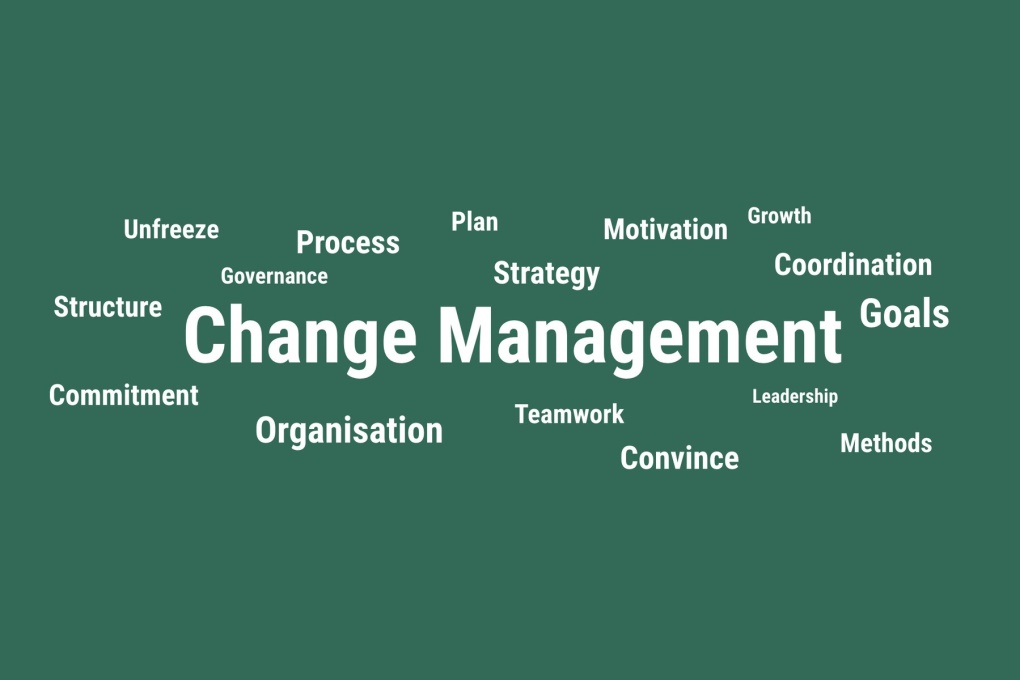Change Management
Change management is more than a buzzword; it’s a methodical approach to guiding an organisation through transformational journeys. It includes the strategies, procedures, and practises used to prepare employees, departments, and the organisation as a whole for change. The ultimate goal is to facilitate smooth transitions, minimise disturbances, and ensure success.
Navigating the complex landscape of considerable change, whether it involves new technologies, departmental restructuring, or cultural transformations, may be difficult. Many people are resistant to change because of our creature-like attachment to habits. Disrupting routines might cause anxiety, worry, and scepticism.
These issues are frequently exacerbated by human factors in the context of organisational change. Employees’ natural reactions to disturbances might stymie change initiatives. This emphasises the critical role of change management, which handles not only logistical issues but also the subtle psychological dynamics at work.
Effective communication is at the heart of successful change management. Employees benefit from transparent and open communication because it develops a sense of inclusion and understanding. Beyond discussing the “what” and “how” of change, understanding the “why” becomes critical. Employees must understand the rationale for the change, as well as its alignment with organisational goals and personal benefits. Furthermore, communication should be two-way, with employees encouraged to provide feedback, address issues, and incorporate solutions to increase their ownership of the change process.
Change is not a straight line; it occurs in stages of awareness, consideration, trial, adoption, and integration. Each level necessitates various communication tactics and approaches. Recognising these stages and understanding the emotions associated with them enables organisations to customise their change management methods for maximum impact.
Leadership is essential in change management. Leaders aren’t merely advocates for change; they are it. Their devotion and engagement set the tone for the organisation. Leaders create an environment conducive to smooth transitions by leading by example, exuding enthusiasm for change, and embracing input. Change management isn’t about just pushing a new initiative; it’s about orchestrating a synchronized dance of processes, communication, and people. In a world where change is the norm, mastering the art of change management can differentiate between organizations that thrive and those that stagnate. By acknowledging the human aspect of change, fostering effective communication, and embracing a structured approach, businesses can navigate the tumultuous seas of change and emerge stronger, more agile, and better prepared for the challenges of tomorrow.


Leave a Reply